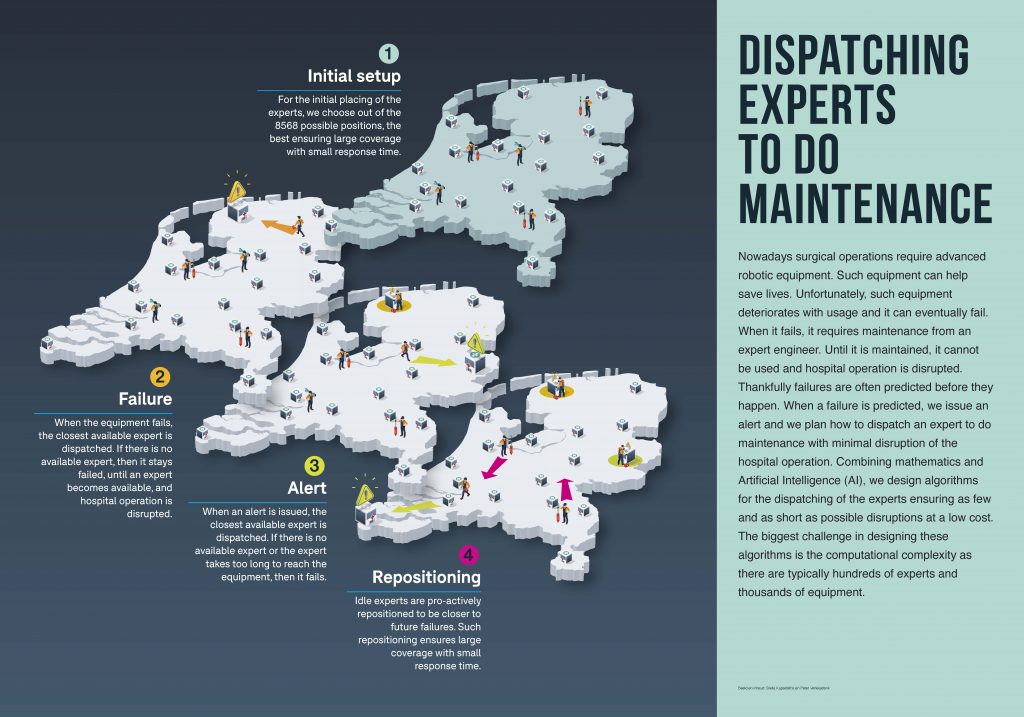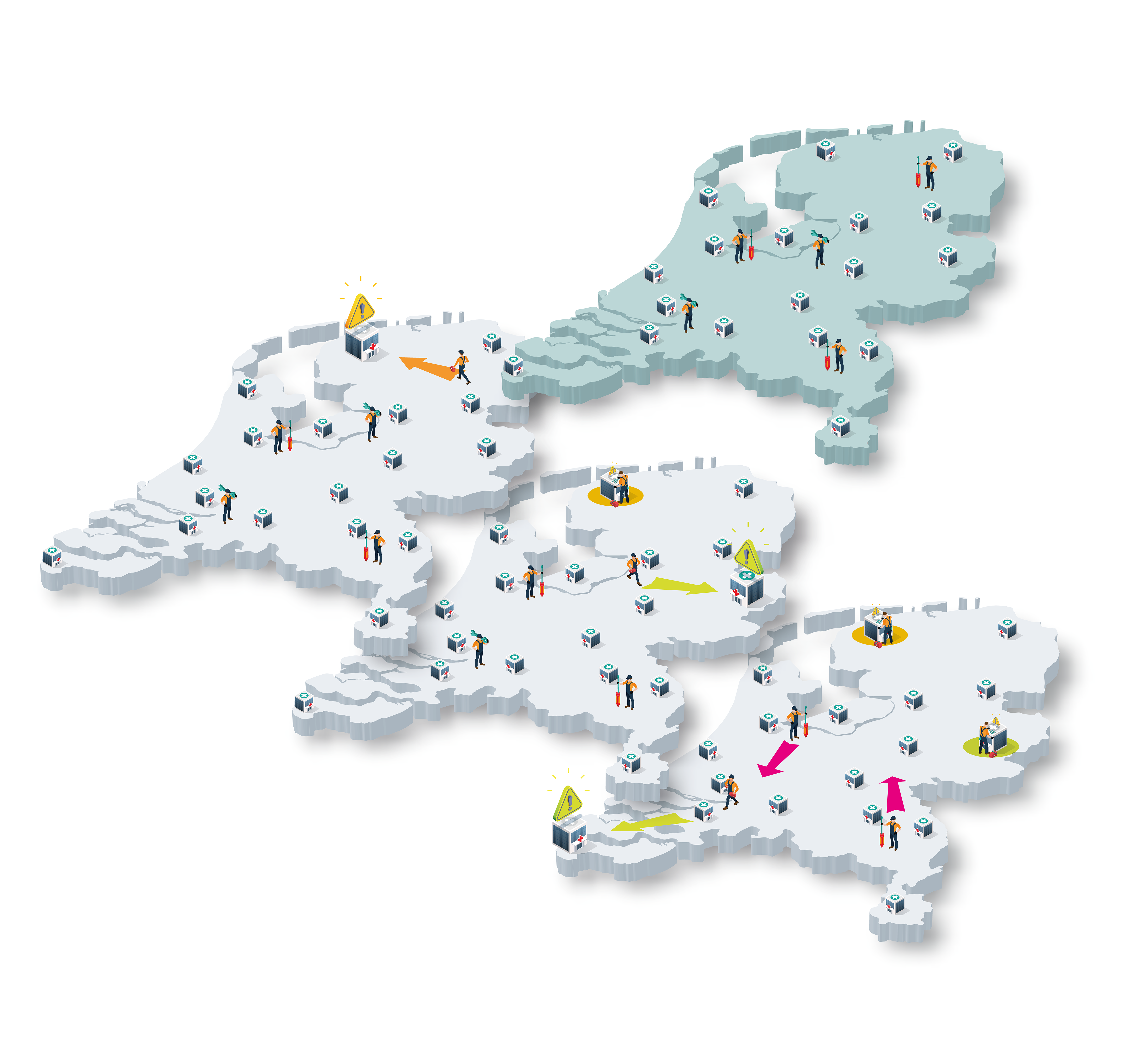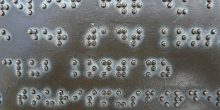Below a poster about Dispatching experts to do maintenance which was made for mathematics exhibition IMAGINARY. The poster was made by Stella Kapodistria, assistant professor in the section Stochastics of the Department of Mathematics and Computer Science in the Eindhoven University of Technology, and Peter Verleijsdonk, Doctoral Candidate in the Eindhoven University of Technology.

Dispatching experts to do maintenance.
Nowadays surgical operations require advanced robotic equipment. Such equipment can help save lives. Unfortunately, such equipment deteriorates with usage and it can eventually fail. When it fails, it requires maintenance from an expert engineer. Until it is maintained, it cannot be used and hospital operation is disrupted.
Thankfully such equipment is mounted with several sensors that collect data about the condition of the equipment in real time. Using data analytic techniques and Artificial Intelligence, we analyse the data and discover hidden patterns that allow us to often predict (within a margin of accuracy) the failures before they happen. When a failure is predicted, we issue an alert and we plan for preventive maintenance by an expert engineer.
Predicting failures and treating them preventively is cost effective, as maintenance is now planned causing minimal disruption to the hospital operation. Planning the maintenance of the equipment (upon failure or preventively) is a very complicated mathematical optimization problem: At every instant of time, given the available information on the condition of the equipment, we need to decide which engineer to send to treat which issue. However, over time, the available information changes as new data becomes available. So, from one instance of time to the next, as new information becomes available, the problem changes and then we need to solve the problem anew. This makes the problem complicated, but this is not the only complication.
Note that as it stands, the solution to the optimization problem only assigns experts to maintenance issues, but it does not take into account information about the future that is hidden in the data. Analyzing the data, we can often predict (within a margin of accuracy) when an issue will occur. E.g., how long we have in our disposal before an alert is issued or a failure happens. But if we know how long we have in our disposal, we can then strategically reposition the idle experts to a different city so as to ensure they are close to issues when these issues happen. Such repositioning is extremely effective as experts do not wait for an issue to happen but they proactively travel and get close to a city where they will need to perform maintenance in the future. So, by repositioning the experts, we can achieve large coverage with a small response time.
Combining mathematics and Artificial Intelligence, we combine predictions for the future with smart maintenance strategies for the expert engineers. Our solution algorithms consider all available information (current issues and future predictions) and, based on that information, they determine the best way to dispatch and to reposition the experts ensuring as few and as short as possible disruptions at a low cost.
Our poster demonstrates some key insights of the solution algorithm on a small instance of only 5 experts and 18 pieces of equipment. However, keep in mind that in a realistic instance, there are typically hundreds of experts and thousands of equipment. Due to the large number of experts and equipment, it is very challenging to design effective algorithms that can quickly provide good insights. In order to design effective algorithms, we combine knowledge from three mathematical fields: mathematical modeling (we take a real problem and we formulate it into a mathematical problem that captures all its essential elements), data analytics and Artificial Intelligence (we extract hidden patterns from the data), and mathematical optimization (we design algorithms that solve the mathematical problem).






